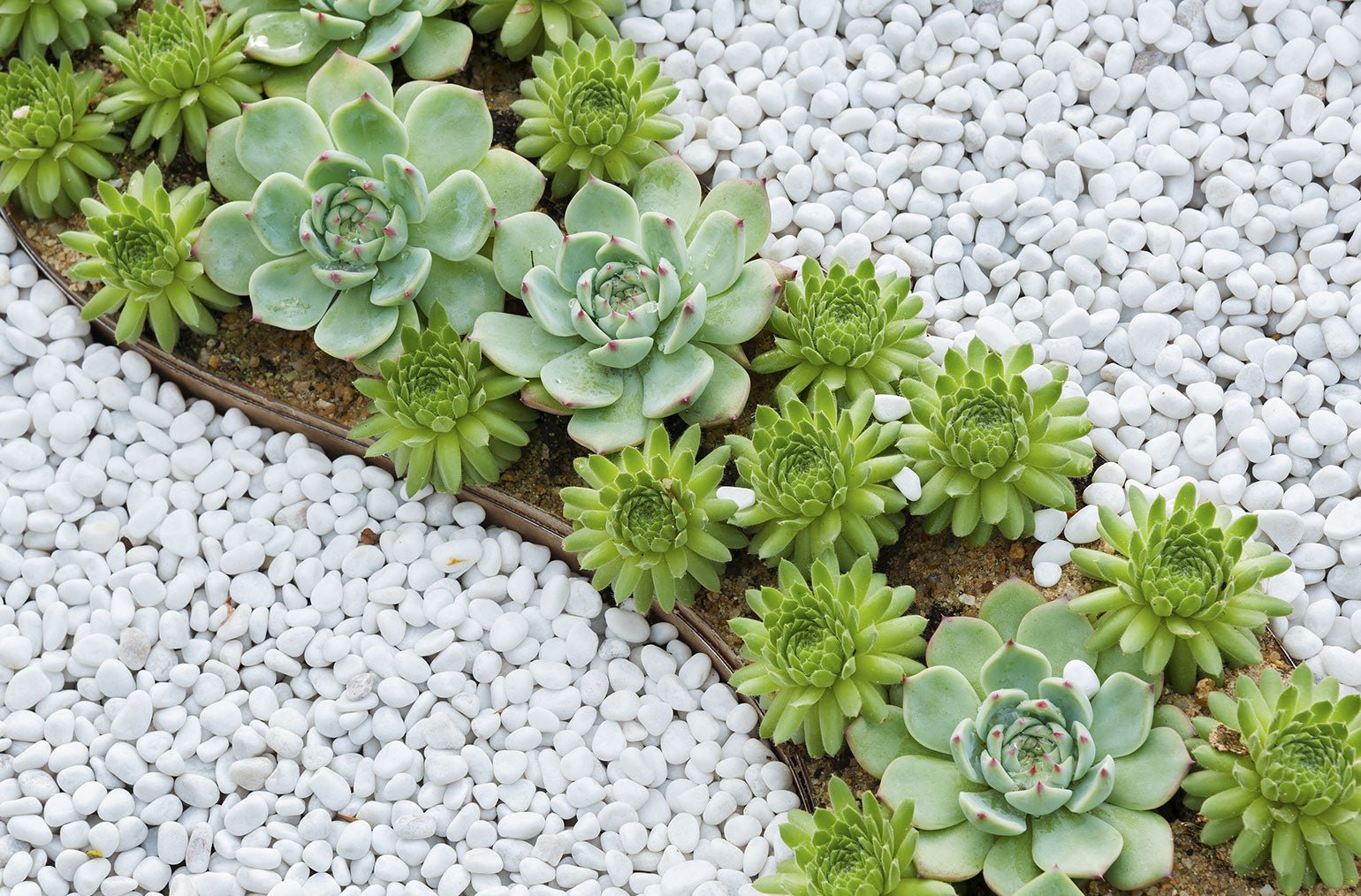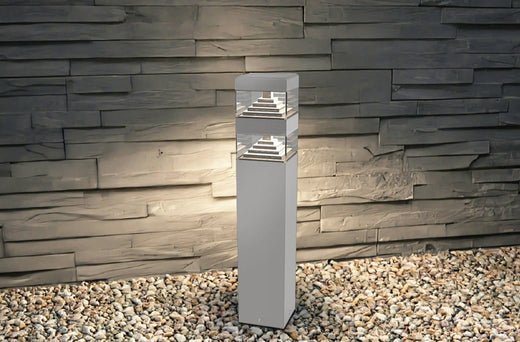
The warm weather is here, and with it the desire to spend long hours enjoying your outdoors. Living room, barbecue, pergola, flowerbeds... All the elements are there to make your green space a pleasant and relaxing place. And what if you added the finishing touch to this little paradise with a pond? Once found only in parks, today they're becoming more and more accessible, and many French people have opted for this little spot of coolness. Not sure where to start installing a pond in your garden? What technical constraints need to be respected? How can you enhance your pond with 12V outdoor lighting We give you all the tips you need to design your own outdoor pond.
The benefits of an outdoor pool
During summer days, the pond brings a certain freshness to your garden, but above all a feeling of serenity and calm. The lapping of the water and the flora and fauna that inhabit it are all ingredients that invite relaxation. The water feature is a real visual and sound experience that delights young and old alike. What's more, if you decide to add fish, your children will certainly enjoy feeding them.
The pond is also a component that adds a certain amount of value to your home. As an aesthetic element of green spaces, it adds an extra design touch to your garden and helps improve the ecosystem.

A basin to suit your needs
The depth
Not all ponds are created equal, and when choosing your water feature you'll need to take your expectations into account. For example, if you plan to put in fish and aquatic plants, a depth of 60 to 80 cm is recommended. Otherwise, a depth of 30 to 40 cm is sufficient. If you're planning to install plants (which are recommended), one to three are sufficient for small ponds, especially if you're using filtering species that tend to multiply quickly. Some ponds come with built-in planting zones, making it easier to install your plants.

Contemporary or natural?
You can choose between different types of pond. Whatever style you opt for, don't hesitate to use preformed basins. There are square or rectangular shells and a wide choice of sizes, which will have the great advantage of making installation easier for you.
If you prefer a contemporary look, you can surround your pond with wood decking, or gravel and large pebbles.
If you're looking for a natural pond look, a sinuous shape is the way to go.
You can also choose between a rock pond, ideal for small outdoor spaces, a Koi pond for Koi carp, or an above-ground water feature.
Installing the garden pond
First and foremost, you need to choose the location of your future pond with care. Make sure it's not too close to the surrounding trees. Falling leaves in autumn can quickly become a problem for the pond water. What's more, the pond needs a minimum amount of sunlight to maintain the balance of its ecosystem.
Once you've selected the site, you'll need to clean it up, then mark out the shape of the pond using spray paint or sand. If you want a multi-level water feature, you'll need to place wooden slats of varying heights around each boundary. Don't forget a level and a mason's ruler if you want to achieve a neat, professional result.
Once you've placed a line between each stake, you can start digging. Don't forget to pack the soil well before laying the pond, and to check its position and stability. Is your pond in place? You can now fill in the holes with soil and start filling your water feature.
Basin layout
The layout of the pond is very important not only for its aesthetics, but also for its smooth operation. You'll need to equip it with various instruments, such as the water pump, which should be placed in the center of the pond, slightly elevated.
If you have a filtration system, that's great, but it's not essential. Plants can play the role of filter very well, provided your pond is of a reasonable size.
Finally, if you're planning to put fish in your pond, you should also install a small water jet, or plants such as water hyacinth, lettuce or water lilies, which are perfect for oxygenating the water and preventing it from evaporating.
And to complete the look of your water feature, don't hesitate to add a fountain, waterfall or water jets.

The right pool lighting
If you want to enjoy your outdoor pool even after dark, lighting is the finishing touch you shouldn't neglect. But as water and electricity don't mix, there are strict rules to follow when installing your lighting system.
Immersible spotlights
Lumihome has designed 12V fountain spotlights. Moisture-proof, these lights can be safely immersed in your pond. Thanks to their 90° beam of light, they transform any ordinary water feature into an exceptional place. What's more, their stainless steel design makes them suitable for any space, whatever the prevailing style. And if you'd like to add a splash of color, our range of underwater fountain spotlights is also available in RGBWW LED spotlights for a multicolored luminous flux that will enhance even the most modern of ponds. "Easy to install, our submersible fountain spotlights plug directly into a 12 V transformer thanks to the Easy Plug system. This means you'll have no trouble illuminating your pond."
Christophe Coelho
This low-voltage lighting provides a high level of safety for your installation. The 68 protection rating combined with the watertightness of these spotlights make them ideal for lighting pools of all kinds.


Low-voltage 12V LED terminals
If you prefer a non-immersible solution, you can also opt for bollards. Once again, installation in a wet environment requires you to choose a low-voltage solution, like Lumihome 12V bollards. Their clean lines and contemporary design create a perfect harmony with the most modern of basins. Equipped with the brand's own Easy Plug connector, these 12V bollards can be installed in no time at all, without compromising on autonomy or performance.
Solar lighting
Finally, if you want the simplest installation possible, solar lighting is the obvious the obvious choice. "Discover Lumihome solar LED bollards. Economical, powerful and easy to install, they'll create ultra-high-performance light, even in difficult conditions, thanks to their new-generation mono-crystalline solar collector."
Christophe Coelho

Outdoor pond maintenance
If you want a pond in your garden, installation and landscaping are just two steps. Then you need to secure and maintain it. If you have small children, don't hesitate to add a protective fence to your water feature. You can opt for a removable fence, a metal grid, or any other device to dissuade younger children from getting too close. Creating a pond also means regular maintenance. If you want it to continue to provide you with all its benefits, you'll need to keep it clean to prevent algae proliferation. In this way, you'll preserve the purity of the water, as well as the health of the flora and fauna it contains.
The installation of a pond is a real source of benefits for your exterior. Soothing and clearly aesthetic, it will add charm and originality to your green space, provided its installation is well thought-out, its maintenance regular, and its layout successful. And for a pond that's as attractive by day as it is by night, don't forget to provide it with quality lighting.





























